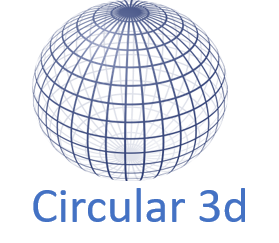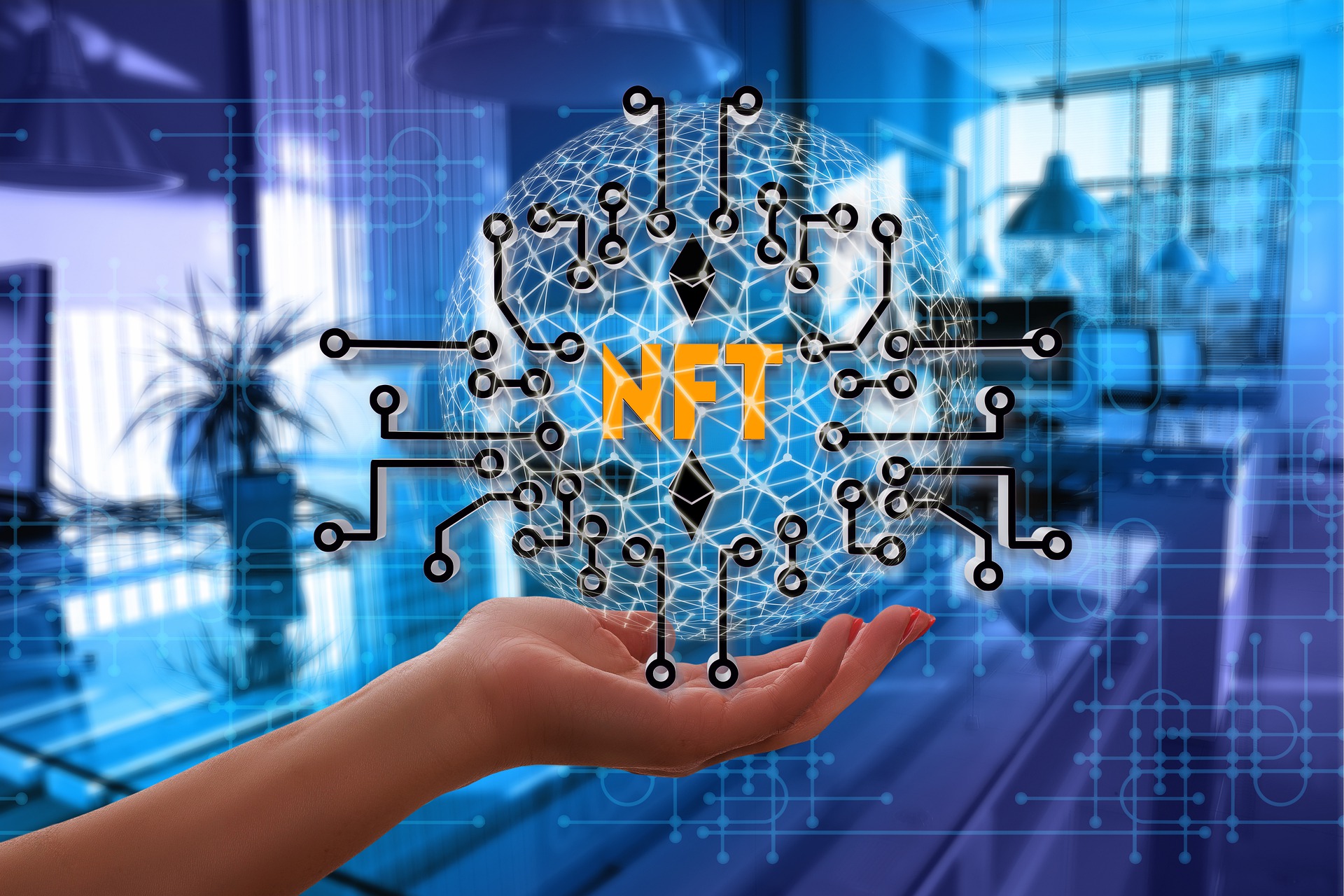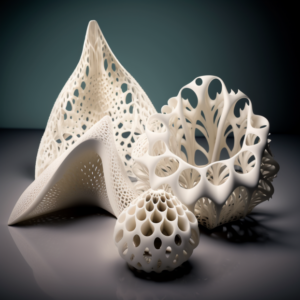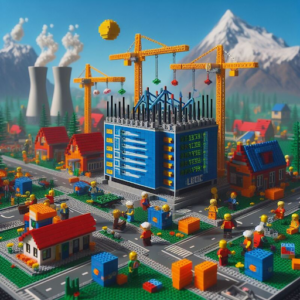As one of the main buzzwords in 2021 and fuelled by the rising interest of celebrities and tech evangelists, NFTs popularity exploded in the last year: With a market of a stunishing $41 billion, the amount is approaching the total value of the entire global fine art market.
What is an NFT?
An NFT (Non-fungible token) is a digital asset that represents real world objects like art, music,game items and videos. They are cryptographic assets on a blockchain with unique identification codes and metadata that distinguish them from each other. Unlike cryptocurrencies, they cannot be traded or exchanged at equivalency. This differs from fungible tokens like cryptocurrencies, which are identical to each other and, therefore, can serve as a medium for commercial transactions.
One example of an NFT is baseball cards: Each individual baseball card is assigned a unique value depending on its attributes such as edition number, design, player, and rarity. Baseball cards are not fungible because every baseball card is valued differently and thus cannot be exchanged directly for any other baseball card.
The Rise of NFTs
Perhaps the most famous NFT was created by famous digital artist Mike Winklemann, better known as “Beeple”. He crafted a composite of 5,000 daily drawings to create “EVERYDAYS: The First 5000 Days,” which sold at Christie’s for a record-breaking $69.3 million.
/cdn.vox-cdn.com/uploads/chorus_asset/file/22362497/2021_NYR_20447_0001_001_beeple_everydays_the_first_5000_days034733_.jpg)
Practical Use Cases Beyond Digital Artworks
While digital art has received the most attention, there are many other use cases of NFTs: The tokenization of gaming assets has already emerged as a prominent use case. As the technology continues to advance, more real world use cases are expected to grow in other verticals too: NFTs have the potential to be used in the insurance space, as well as for securitization and lending. Financial documents, including invoices, purchase orders and master data, could be turned into NFTs to help manage financial supply chain logistics.
The real estate industry is one of the most NFT-ready sectors. NFTs can be used in real estate to simplify and speed up transactions, enable smart contracts for properties (allowing automatic payments) or even create decentralized home rental services – all while protecting sensitive data like credit card details. These are only a few of many more potential use cases for NFTs.
3d Printing & NFTs
With 3d printing there is the chance to bring NFTs out of the virtual world into the physical world. Most NFTs today are 2D artworks that may unlock access to virtual communities or projects but don’t actually do much else. Through 3D printing, digital files can be shared through NFT platforms, and then buyers can actually enjoy them in real life by 3d printing them.
On the other hand, 3d printing benefits from blockchain technology as well, helping to track who owns the design at any point in time, and also allows designers to reach a broader community of artists and collectors. Another benefit is that it allows designers to be rewarded for their efforts, not just on the initial sale of a design, but any time that design is sold in the future.
The first 3d printed items are already available as an NFT: For example the inventor of the first 3d printed bicycle has patented the digital file of the bike as an NFT.
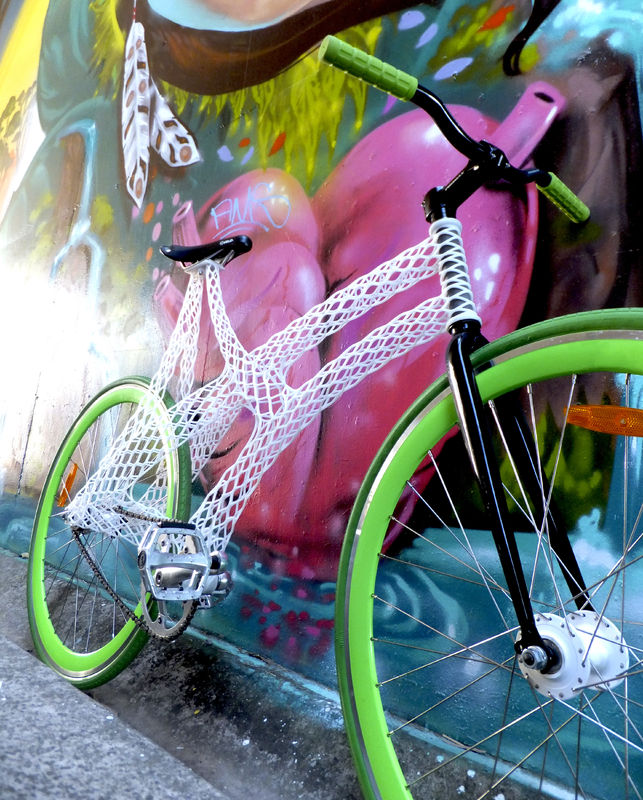
Then there is IMAGENERIA, a US-based startup, which gives creators the opportunity to turn their digital 3D printable files of consumer products into NFTs.
The startup is eager to upturn how products are currently designed, built, and delivered. They suggest revising the way we consume and making consumption a recycling and renewable story while being focused on digital delivery and transparent value chains due to NFTs and smart contracts. In doing so, they want to manifest the circular economy in action in our daily transactions.
Challenges around NFts and 3d Printing
These are all promising examples and approaches of combining 3d printing and the blockchain technology. But there are also certain problems and barriers that need to be overcome. Most 3d printing files are stored in a private, decentralised server like OpenSea, defeating the main goals of the NFT. The problem can be found in the complicated STL file format of the 3d prints: STL consists of a massive list of tiny triangles that in total should describe the “skin” of an object.It’s used to represent 3D objects and is thus used by 3D printer software to prepare jobs to print. The problem is that these STL files can be gigantic, taking up many tens of megabytes of data. A blockchain is not technically designed to handle massive data, and this simply wouldn’t work with currently available blockchain networks.
The solution for this problem would be a new type of blockchain designed for large-scale storage. But even if such a thing existed, there would still be problems because current software and hardware is designed to accept old-style digital files. Even if an NFT stored a 3D model, you’d be downloading the raw digital file to slice it in Cura. Thus the file is once again exposed and the security system breaks down.
That means that a specialised slicing software, integrating with the NFT model server and somehow securely acquires the necessary 3D model data for slicing, is needed. But that is another case of centralization: As a third party controls that software it would be subject to hacking, error, etc., and once again the file could be exposed.
Summarising it can be said that In the short term it may be possible to store small 3D models on a blockchain and keep them securely, but the “last mile” security problem remains an issue. Much additional work would have to be done to develop a truly secure 3D model ownership system.
